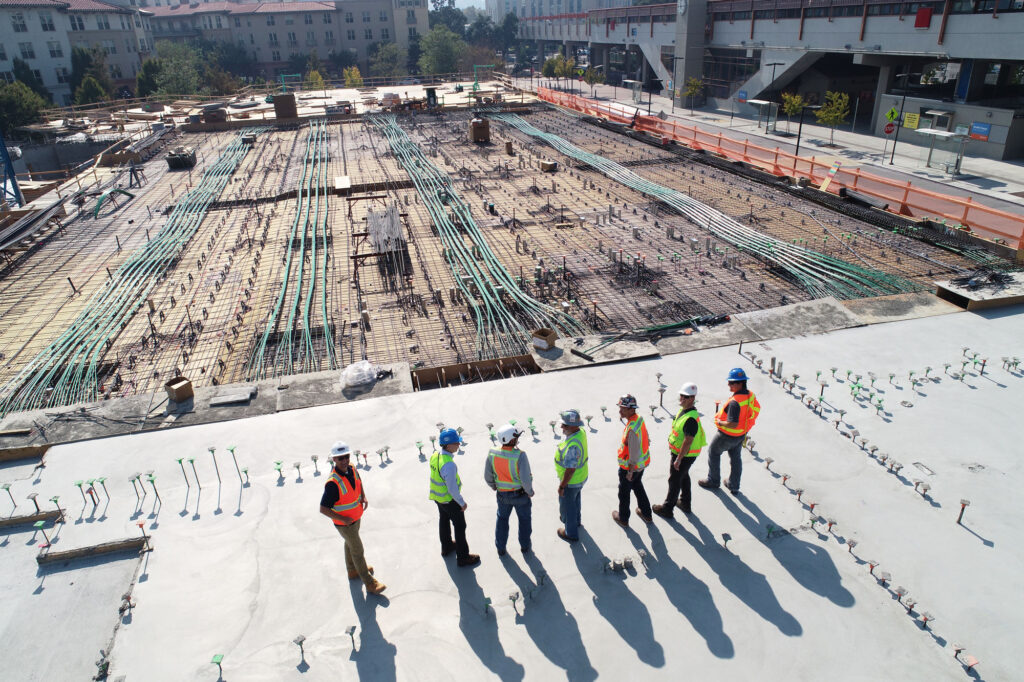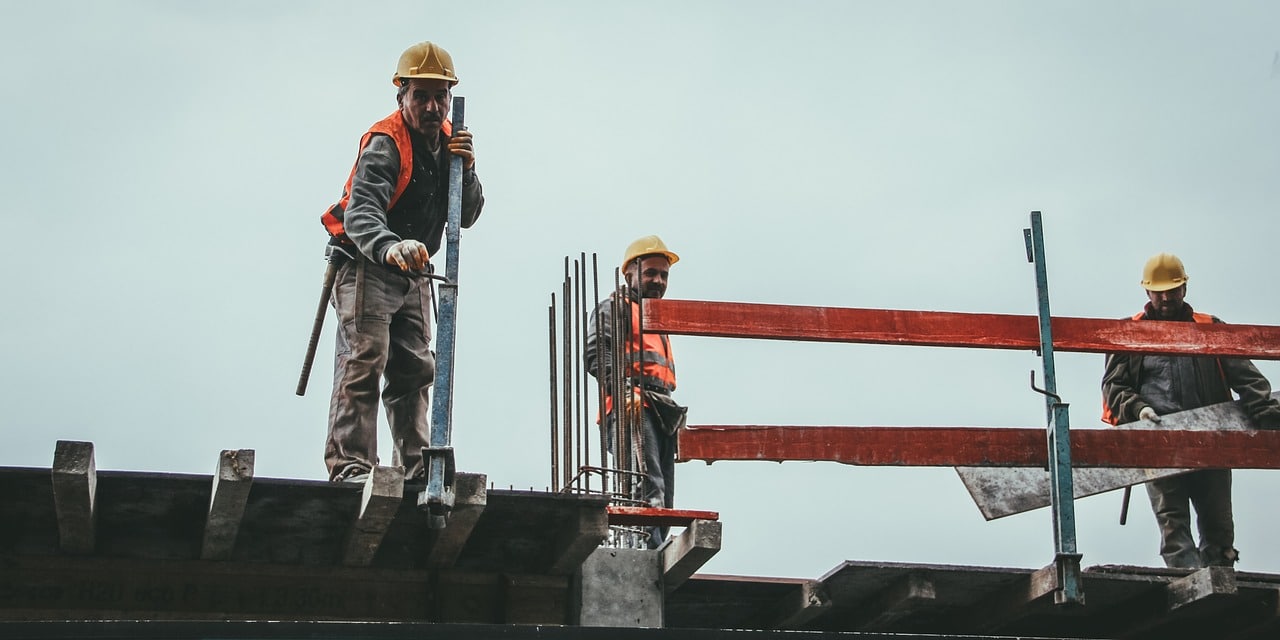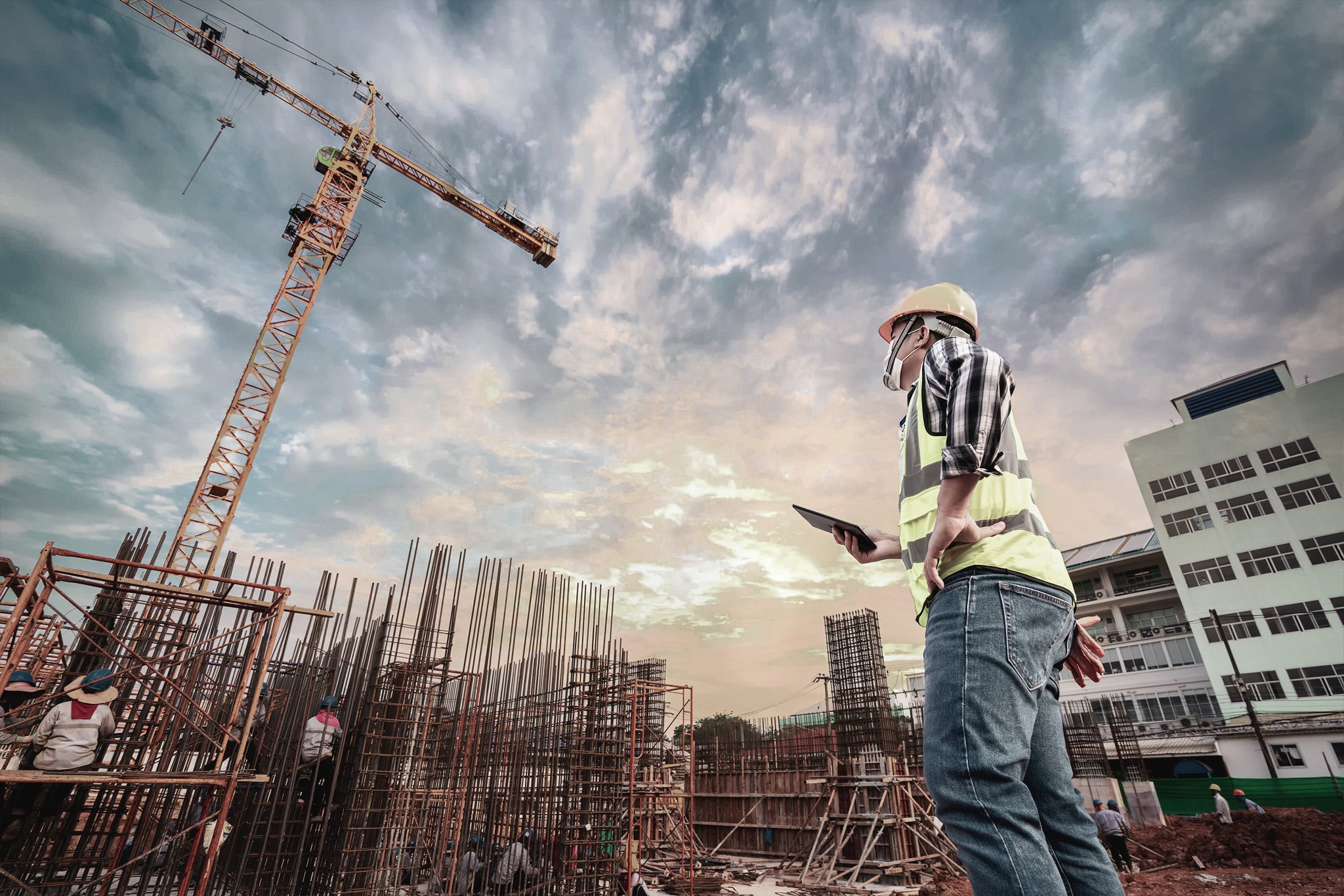You have seen it all before — workers waiting idly on site, subcontractors arriving early only to leave and come back later — because a delay has made the site unavailable for their specific jobs or materials they need have not yet arrived.
These things are all too common and every time scenarios like these take place, time is wasted, conflicts happen, and claims arise. In turn, more non-value-added activities result just so to resolve the missteps and delays.
Considering that nearly 2/3 of the work involved in delivering a construction project consists of non-value-added activities, it is crucially important to focus on the root causes and how to correct them. For instance, most project managers have their programmes and schedules locked into MS Project. In order to adjust them with ongoing site improvements, they have to look through updates coming from their WhatsApp messages, emails, text messages, meeting notes, and phone calls. As these sources of information are all disparate and not connected to the related scheduled tasks, project managers typically get buried under a mountain of unnecessary admin work.
If you could cut off or even just minimise the amount of time being wasted on non-value-added activities, imagine the time and focus you would be able to give to critical tasks. Think about the impact this could have on your project, your profitability and your success.
Common types of waste in construction
When talking about construction waste, most people only think about the materials or equipment being damaged, overused or lost during the construction process. Many people forget about the non-value-added processes that waste so much time and resources. To understand non-value-added activities, let us first define what a value-added activity is. A value-added activity is any activity that fulfills any of the three criteria:
- The activity is being paid for by someone
- The activity is carried out successfully the first time (no wasteful rework)
- The activity has a definite and useful impact on the function or form of the final project
If an activity does not comply with any of these three guidelines, it is considered a non-value-added activity, hence, waste.
However, most construction stakeholders — from the project owner to the site manager and the site crews — tend to overlook these important criteria, opening the project to waste and failure.
Learn more: How to place planning at the centre of your projects to protect your margins and deliver faster
Here is a list of the typical kinds of waste in construction:
- Downtime and delays between tasks on site
- Damaged, misplaced or lost materials because they were purchased too early or stored incorrectly
- Unnecessary movement or transfer of vehicles, equipment and materials from one place to another
- Unnecessary travel or movement of field crews (the time required to walk to one part of the site to another, or back and forth with drawings etc.)
- Doing more work than what is required by the client
- Overprocessing – using too many steps to complete a task
- Added costs and reworks caused by defects
Obviously, construction waste is just not about materials. Construction waste covers a myriad of activities that bring no value to your construction project. Sadly, most construction professionals would say it is normal to experience these kinds of construction waste. No wonder that delays, claims and the toxic blame culture still pervade the industry.
Reducing on-site waste in 6 simple ways
1. Create and build your plans with those who will be executing the work.
Eliminating waste on your construction project always starts with people. To establish reliable and efficient workflows on your project, you have to have transparent information sharing and clearly defined goals between the people in charge of executing tasks, supported by your entire team.
You also need to standardise your processes as they guide you to map out your construction workflows and allow you to identify areas of improvement. Standardised processes are your key weapons in improving your project quality, avoiding disputes and securing your margins.
2. Plan in more detail as the day of your execution phase approaches.
As the day of planned tasks approaches, plan the jobs and workflows in detail by combining a real-time view of resources with a real-time view of all site activities. Detailed planning with live data helps you and your teams to successfully align everyone around your milestones and give everyone the understanding of what comes next.
Free ebook: Why WhatsApp and Excel aren’t enough for running complex construction projects
3. Identify and eliminate task blocks as a team.
For your teams to be successful in delivering their tasks, it is important that they see the big picture so they can minimise delays and avoid interruptions. For this to happen, it is imperative that everyone in the project team has full visibility of the project. A shareable, real-time view of everything happening in the field allows them to identify and deal with problems and emerging changes before they can impact the flow of the project. The faster your teams can make well-informed decisions, the easier it is to eliminate waste on your project.
4. Promise only what you can deliver.
Be realistic and transparent of what you can and cannot do. Not only will you build trust with your client, you are also establishing a positive and consistent collaboration culture. But how can you promise what you can deliver? By standardising your processes, you have a well-established parameter that you can measure against when you start with a new project. That is how you can promise what you can deliver.
5. Deliver what you promised—monitor if promises are being kept and learn from your workflow disruptions.
Another important parameter to set in your construction company alongside standardised processes are milestones. Milestones are markers, against which you measure your project progress. Milestones help you stay on track and manage subcontractors, and they let you know if you are behind schedule.
6. Collect feedback and updates and re-adjust accordingly as a team.
It is important that you transfer your project communication to the cloud using a tool that helps everyone in your team work together while giving them full visibility on the latest information in your project. This allows you to get and give feedback and updates to everyone wherever they may be, allowing everyone in the team to re-adjust accordingly if problems or issues arise.
Say goodbye to waste and improve productivity
Now that you know how to reduce waste in your construction project, you may be ready to take the next step. Download our new eBook and start getting your team working together in no time.




